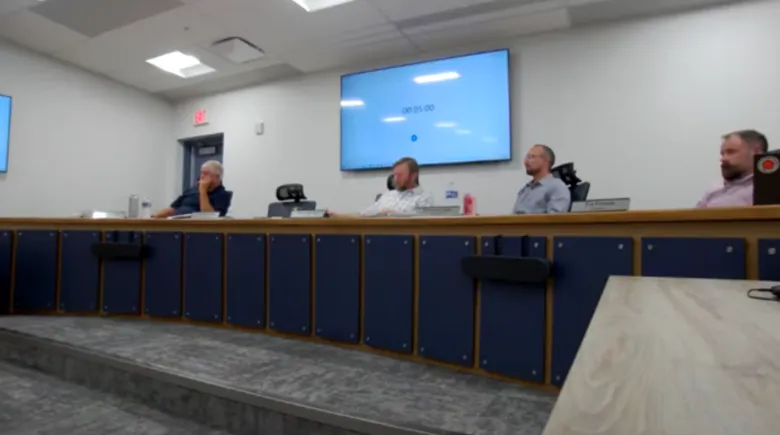For most of its history, Bar Nunn, Wyoming, has been a quiet, picture-perfect cowboy town where life moves at a gentle pace.
But lately, this small community of about 3,000 residents has found itself at the heart of a heated battle — not over cattle, land, or politics, but over nuclear energy.
The controversy started when California-based energy company Radiant proposed building a microreactor nuclear plant on farmland just outside of town.
On paper, the project promises jobs, economic growth, and modern energy solutions.
But for many locals, it also brings visions of radiation leaks, water contamination, and property values plummeting.
What Radiant Wants to Build
Radiant’s plan involves installing portable nuclear microreactors — each roughly the size of a small semitrailer, weighing about 70 tons, and producing enough electricity to power around 1,000 homes for five years without refueling.
These microreactors, according to the company, are designed with multiple safety layers, making a catastrophic failure extremely unlikely.
If approved, the Natrona County site could be up and running by 2028, creating hundreds of jobs and putting Bar Nunn on the map for cutting-edge nuclear energy production.
Why Some Locals Are Outraged
Despite Radiant’s reassurances, many residents fear the risks outweigh the benefits.
At recent town meetings, tempers have flared.
Some residents questioned whether company executives would personally be comfortable raising children next to a nuclear facility.
Others suggested moving the plant at least 30 miles away from town.
For these opponents, the main concern isn’t just the reactor itself — it’s the proposal to store nuclear waste nearby.
They worry about the possibility of long-term environmental damage, health risks, and the area turning into what they call a “cancer cluster” decades from now.
The Mayor’s Perspective
Bar Nunn Mayor Peter Boyer sees the plant as an economic opportunity, comparing it to welcoming any large business that could boost the town’s growth.
He insists the technology is safe and notes that radiation leaks would require extreme, catastrophic conditions.
Still, Boyer acknowledges the challenge: nuclear power is invisible.
Unlike coal, oil, or gas, you can’t see or smell it, and that invisibility often breeds fear.
Political Pushback
State Representative Bill Allemand, who represents District 58, is not convinced the storage plans are worth the risk.
While he supports nuclear energy in principle, he’s adamantly opposed to placing nuclear waste storage so close to homes.
Allemand argues that Wyoming already has abundant coal and natural gas resources that are cleaner and more predictable.
Meanwhile, Natrona County Commission Chair Dave North believes public perception is part of the problem, saying that many people still associate “nuclear” with disasters like Chernobyl or Hiroshima — even though nuclear plants operate safely in major cities across the U.S.
Public Opinion Is Divided
Surveys show a split in attitudes.
A county-wide poll found 60% of respondents considered the plans safe, and 58% supported nuclear energy production in the U.S.
But Allemand’s own district poll told a different story: 72% opposed the plant, with only 12% in favor.
This divide has kept the debate alive, with each side using statistics to back up its case.
Safety Claims and Industry Standards
Radiant, along with supporters like local development group Advance Casper, argues that the nuclear industry is among the most regulated and safest in the world.
They say modern microreactors and dry cask storage have spotless safety records, and comparisons to older disasters or outdated mining practices are misleading.
The company is working closely with the Department of Energy and the Nuclear Regulatory Commission to meet — and exceed — safety requirements.
What Happens Next
The final decision on the plant’s location will be made in the coming months.
If Natrona County is chosen, construction could begin within a few years, setting Bar Nunn on a path toward becoming a hub for next-generation nuclear energy.
Until then, the town remains split — some residents envision prosperity and innovation, while others fear they could be living next to an invisible danger for decades to come.
